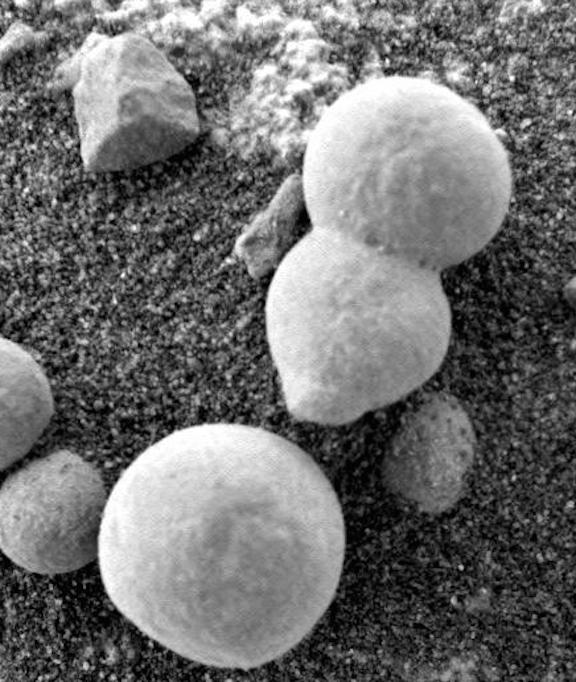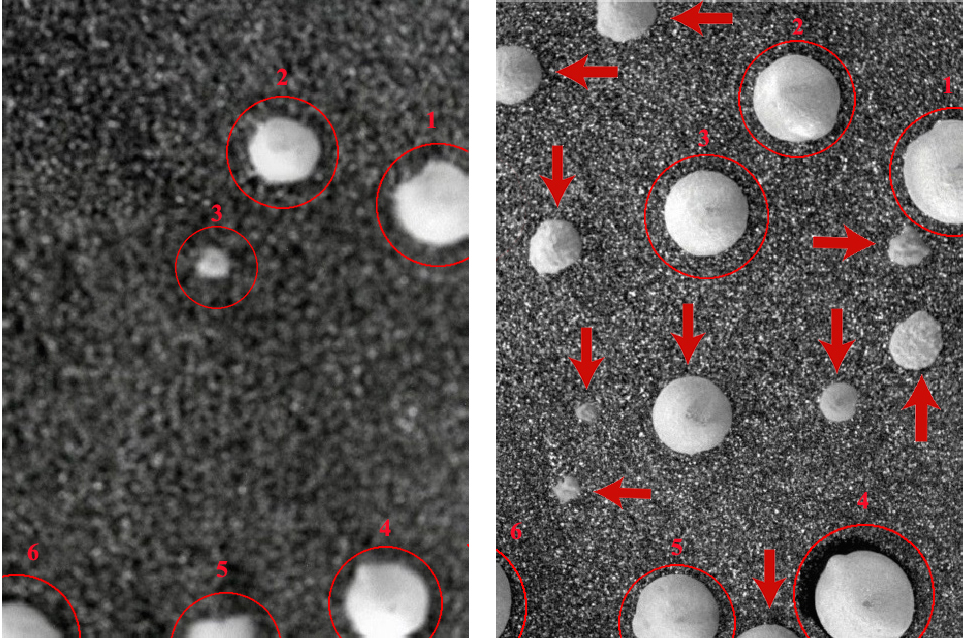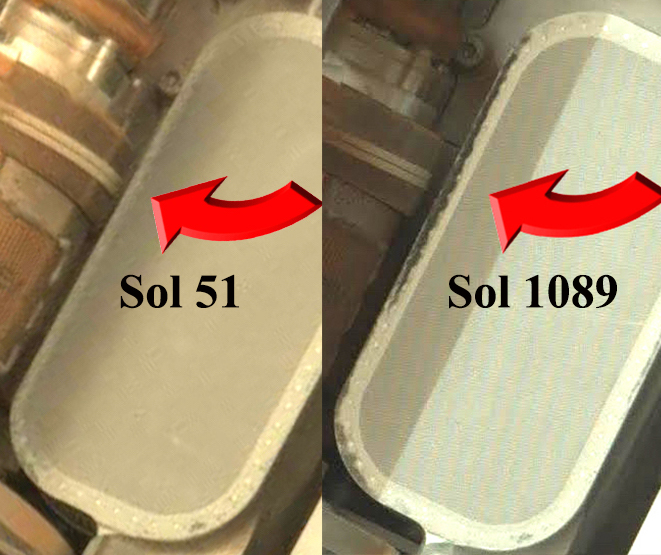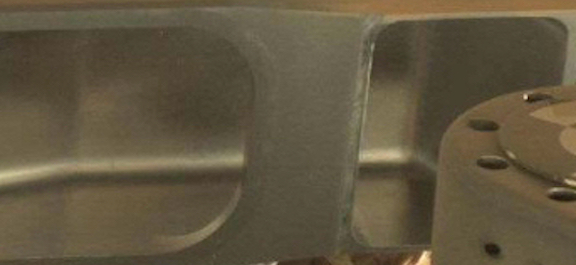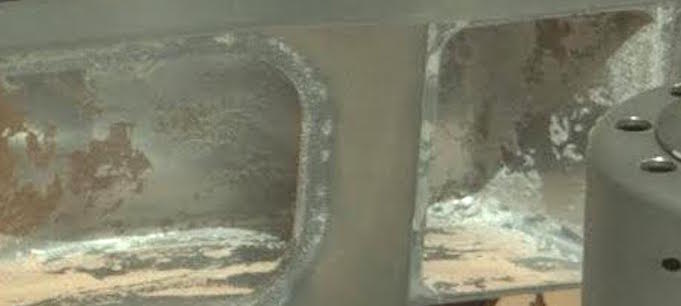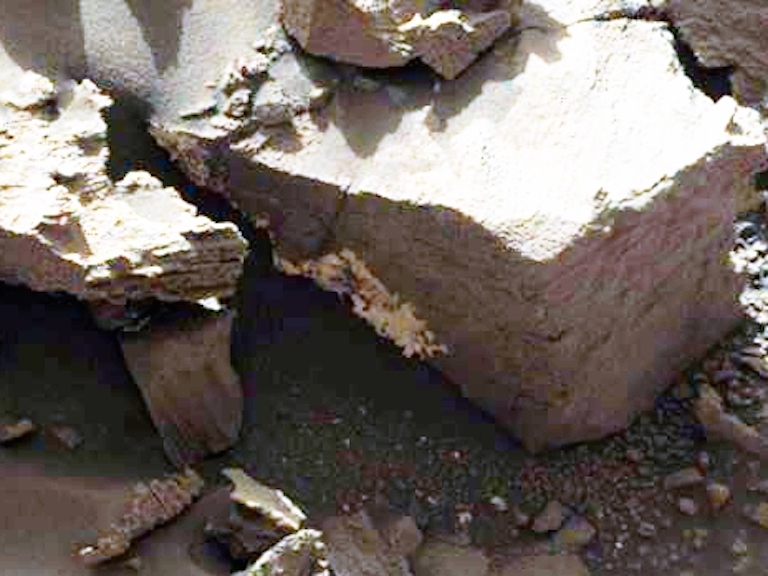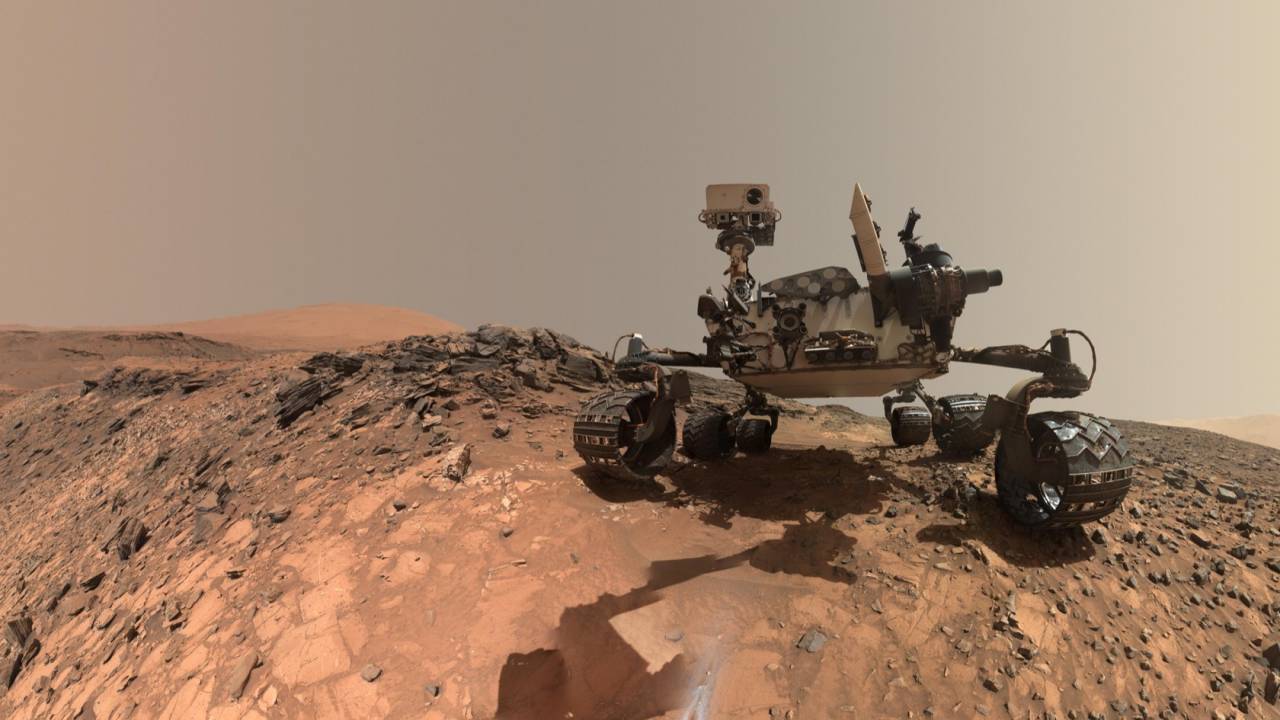nivek
As Above So Below
Is this proof of LIFE on Mars? NASA's Curiosity rover snaps photos of Martian mushrooms that prove the red planet is home to organic lifeforms, scientists claim in controversial study

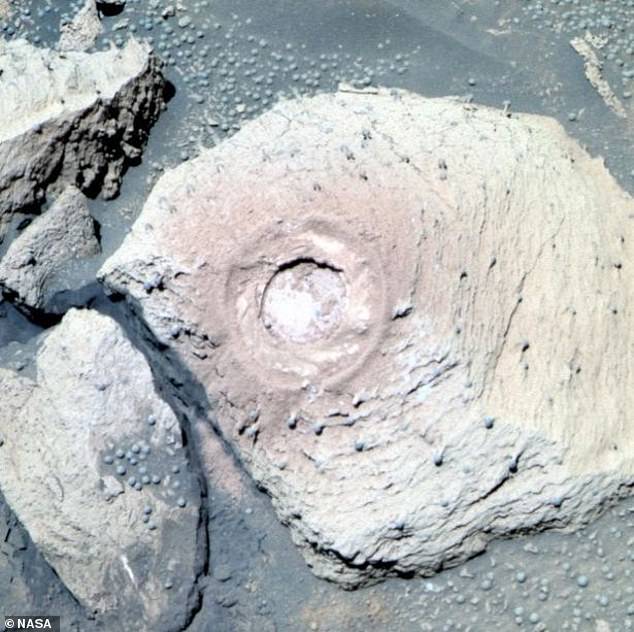
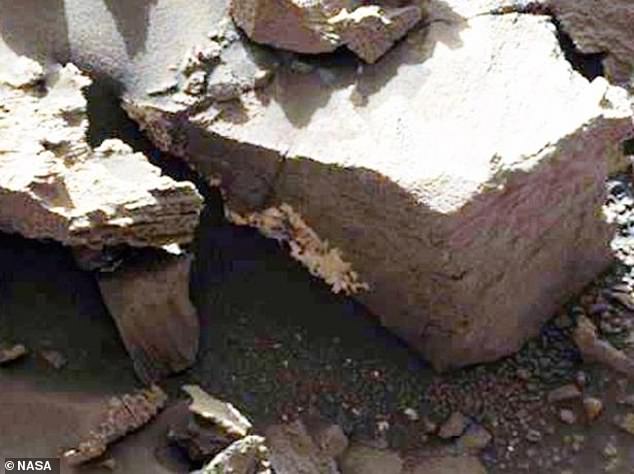
The research lists 15 images as evidence of algae, lichens and 'Martian mushrooms'.
Photographic evidence of such flourishing lifeforms, should the discovery be confirmed, would likely revolutionise our understanding of Mars and life outside of Earth.
Dr Regina Dass, of the department of microbiology at the school of life sciences, India, the study's co-author said: 'There are no geological or other abiogenic forces on Earth which can produce sedimentary structures, by the hundreds, which have mushroom shapes, stems, stalks, and shed what looks like spores on the surrounding surface'.
'In fact, fifteen specimens were photographed by NASA growing out of the ground in just three days.'
The claims have been published in Journal of Astrobiology and Space Science Reviews.
A controversial piece of research such as this is subjected to extensive vetting by peers within the scientific community.
.
- Images from NASA's Mars Curiosity show pictures of mushrooms and funghi
- Some scientists claim these NASA images show the red surface is not barren
- The claims from the researchers have yet to be confirmed or refuted by NASA



The research lists 15 images as evidence of algae, lichens and 'Martian mushrooms'.
Photographic evidence of such flourishing lifeforms, should the discovery be confirmed, would likely revolutionise our understanding of Mars and life outside of Earth.
Dr Regina Dass, of the department of microbiology at the school of life sciences, India, the study's co-author said: 'There are no geological or other abiogenic forces on Earth which can produce sedimentary structures, by the hundreds, which have mushroom shapes, stems, stalks, and shed what looks like spores on the surrounding surface'.
'In fact, fifteen specimens were photographed by NASA growing out of the ground in just three days.'
The claims have been published in Journal of Astrobiology and Space Science Reviews.
A controversial piece of research such as this is subjected to extensive vetting by peers within the scientific community.
.


